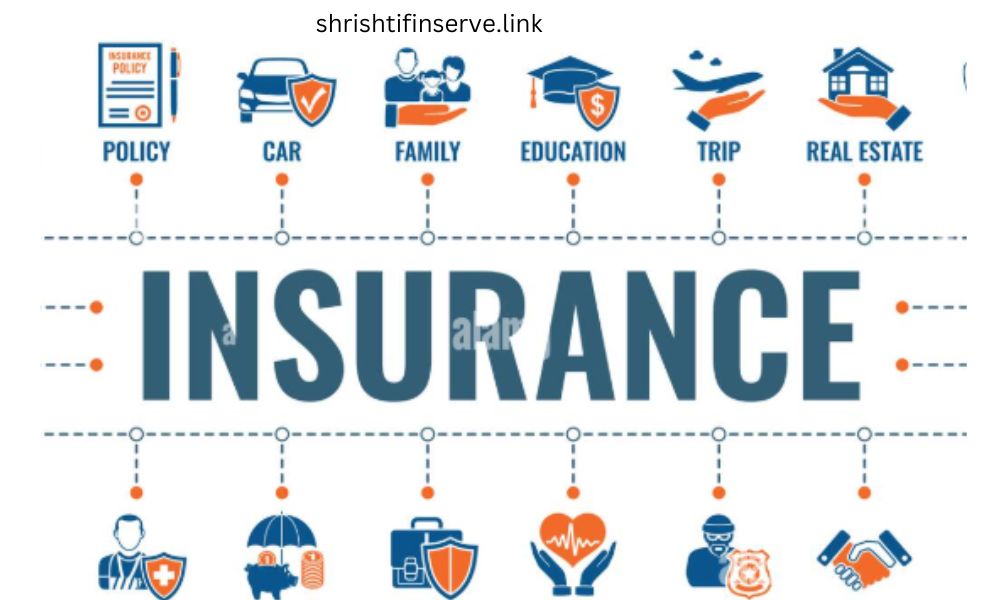How insurance companies works in india? Insurance in India is one of the important financial tools that provides protection against financial losses, saves, and ensures economic stability. If you know more about gold loan here is the link!

Below is a comprehensive insurance sector overview in India:
1. Types of Insurance in Indiaa) Life Insurance
Provides financial security to the family of the insured in case of death.
Major types include:
Term Insurance: Pure protection plans.
Whole Life Insurance: Coverage for the lifetime of the insured.
Endowment Plans: Combines savings and protection.
Unit-Linked Insurance Plans (ULIPs): Invests and provides insurance.

Money-Back Policies: Returns at intervals of the policy period.b)
General InsuranceIt protects against non-life risks, which are further divided into:
Health Insurance: Against medical bills and critical illness.
Motor Insurance: Compulsory for vehicles; includes third-party liability and own damage cover.
Travel Insurance: Covers trip cancellations, medical emergencies, or losses while traveling.
Home Insurance: Covers structures and contents of a home against risks such as fire, theft, or natural calamities.
Commercial Insurance: Protects businesses against operational risks.

2. Major Insurance Regulatory Bodies
Insurance Regulatory and Development Authority of India (IRDAI): Regulates and rules the insurance industry.
Manages fair practices, safeguarding the interests of its consumers, and promoting industry expansion.
Issues licenses to insurance and looks after the process of settlements of claims.
3. Prominent Insurance Companies
Life Insurance Companies
Life Insurance Corporation of India (LIC) – state-owned company
ICICI Prudential Life Insurance
HDFC Life Insurance
SBI Life Insurance
Max Life Insurance
General Insurance Companies
New India Assurance state-owned company
United India Assurance state-owned company
ICICI Lombard General Insurance
Bajaj Allianz General Insurance
Tata AIG General Insurance
4. Government Insurance Schemes
Pradhan Mantri Jeevan Jyoti Bima Yojana (PMJJBY): Low-cost life insurance for people between 18-50 years.
Pradhan Mantri Suraksha Bima Yojana (PMSBY): Accident insurance for people between 18-70 years
Ayushman Bharat Yojana: Health insurance for economically weaker sections
Atal Pension Yojana (APY): Has emphasis on social security in the post-retirement time
Crop Insurance: PMFBY (Pradhan Mantri Fasal Bima Yojana) for farmers from crop loss.
5. Insurance Premiums and Tax Benefits
Premiums for life insurance are eligible under Section 80C of the Income Tax Act.
Section 80D provides health insurance.
Section 10(10D) allows tax-free proceeds of life insurance policies, subject to some terms and conditions.
6. Recent Trends in Indian Insurance
Digital Transformation: Straight-through e-policy issuance and claim settlements.
Microinsurance: Expanding cover to low-income groups.
Customized Policies: Suitable plans for individual or unique requirements.Usage-Based Insurance: In motor and health products.
7. Indian Insurance Industry Issues
Low penetration (about 4.2% in 2021, according to IRDAI).
Lack of awareness in rural areas.Mis-selling and customer complaints.
High claim rejection rates in some products.
8. How to Select an Insurance Policy
Review your financial requirements and exposures.
Compare the premium and other benefits of the policies.
Check the claim settlement ratio of the insurer.Carefully read the terms and conditions of the policy.Consult professionals, if required.
Conclusion
The insurance companies works in India is rapidly changing with regulatory changes, increased awareness, and technology adoption. It is an important part of financial planning and wealth protection for individuals and businesses alike.

0 Comments